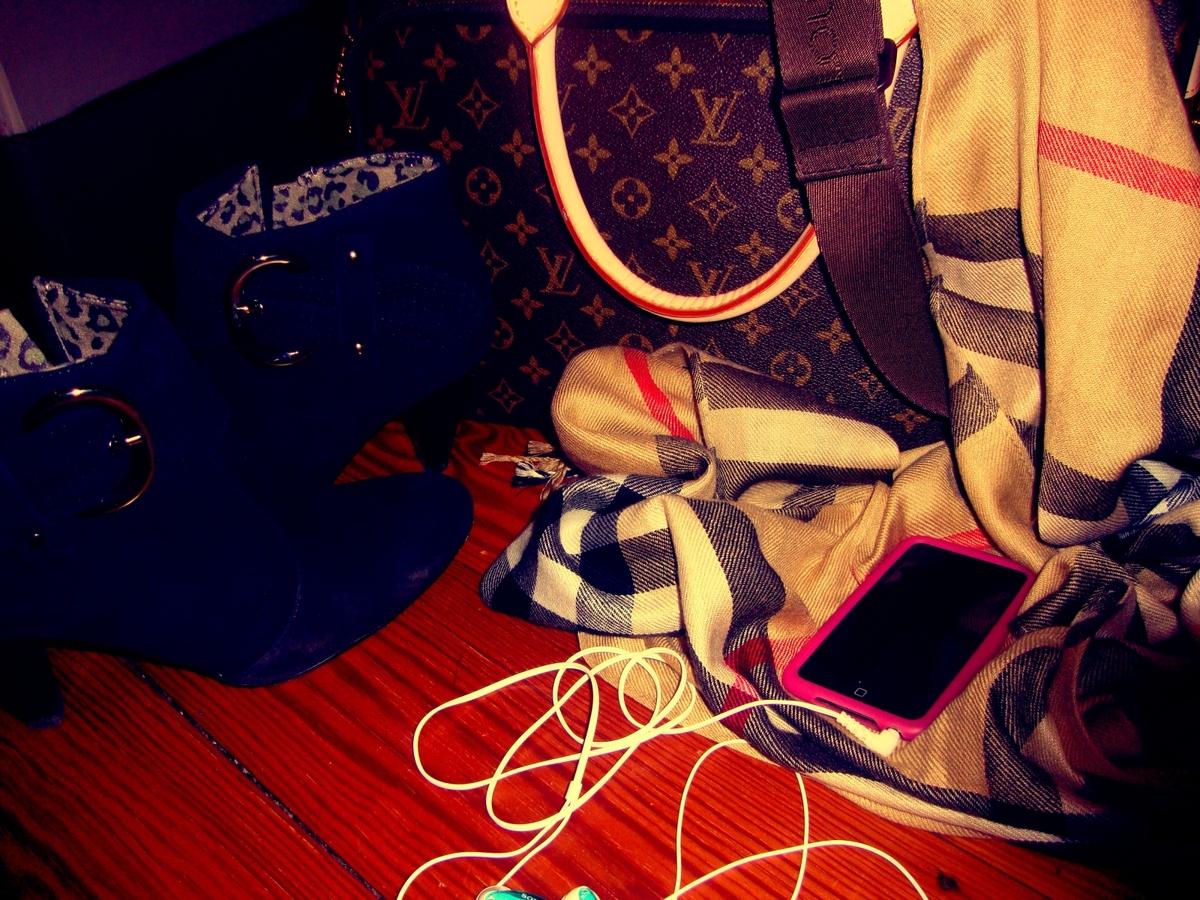Sharon Lin
Blog #2
Being slightly obsessed with bags, I love collecting designer
bags. Beginning with my first Coach sling cross body bag at fifteen I was
hooked. When I was young, I did not understand why people chose to buy fake
bags. “Why not just save up for the real one?” I naively thought. As I got
older and the bags I wanted became more expensive, however, I grew into
understanding the logic behind counterfeits. One year, when I went to Hong Kong
for vacation, I saw more counterfeit bags that I had ever seen, all great
knock-offs, and all conveniently on one street. I was amazed and tempted. As a
student, I knew that I would not be able to afford that Marc Jacobs or that
Mulberry bag for many years. As I reckoned with my conscience, I would give
myself excuses like the real bags are too expensive or that this fake was just
a temporary bag to hold me until I could buy the real deal a few years later.
At the time, there seemed to be nothing wrong with buying a counterfeit. (I
will not disclose whether or not I bought the counterfeits).
After reading “‘Knockout of Knockoffs.’ The Global
Implication of Fashion Piracy” by Melissa A. Decker, however, I was shocked at
the facts that Melissa A. Decker presented regarding the impact of purchasing a
counterfeit bag. Little did I understand how my buying a counterfeit could be
feeding larger, black market crimes such as “drug trafficking, gambling, and
loan sharking” (Decker 17) or was a slippery slope to “dodgy airplane parts and
counterfeit pharmaceuticals” that could kill. I also never imagined that “the
strength of [brands could] be diluted due to the increasing close resemblance
the counterfeits appear to have to actual goods” (Decker 12); however, I
already see this problem occurring. Once when I asked my mother why she did not
like the Burberry bags, she responded that there were too many fakes. When I when
to Taiwan, this was evident; every grandmother, college student, and homeless
man something with a Burberry-style print on it. In Taiwan counterfeits are
especially rampant. In Taiwan, there are so many that there are even varying
“degrees” of fakes.
“The
factory sources of these counter-feit products are various, including Taiwan,
South Korea, and China, and they are usually categorized into super A, AA, A, B
and C of five different grades in terms of quality. The similarity of the super A
grade product can reach 95% of the original and is thus virtually
indistinguishable; it even has the fake product series number concealed within
its inner layer” (Chang 228-229). With how indistinguishable a fake product is,
it is not only bad for the brands but also for the consumer. As Decker also
addressed, the consumer could easy be duped into paying full price for a
counterfeit product. The effects of counterfeiting is far more wide-reaching
than most average consumers understand, and this could be fatal to the industry
of designer brands.
Feelings about the Be Green Challenge:
This weekend is Veterans’ Day
Weekend, which means lots and lots
of sales. I’m dying. Especially
since I tend to turn to shopping for therapy. This week was not all that smooth
and retail therapy would have helped. As the winter finally creeps up on Davis,
I also desperately want to buy new stockings, leggings and winter knits to keep
out the cold. Week two has been difficult, but I have prevailed. Instead of online
shopping, I’ve turned to browsing fashion blogs to see how I can put together
the pieces I already have in my closet differently. It has actually been a
pretty refreshing experience and some of my clothes have renewed purpose.
Inside Source:
Decker,
Melissa A. “‘Knockouts of Knockoffs:’ The Global Implication of Fashion
Piracy.” Reader.
Outside Source:
Chang
(Translated by Yung-chao Liao, Hsiao‐hung. "Fake Logos, Fake
Theory, Fake Globalization." Inter-Asia Cultural Studies 5.2
(2004): 222-36. Print.


No comments:
Post a Comment